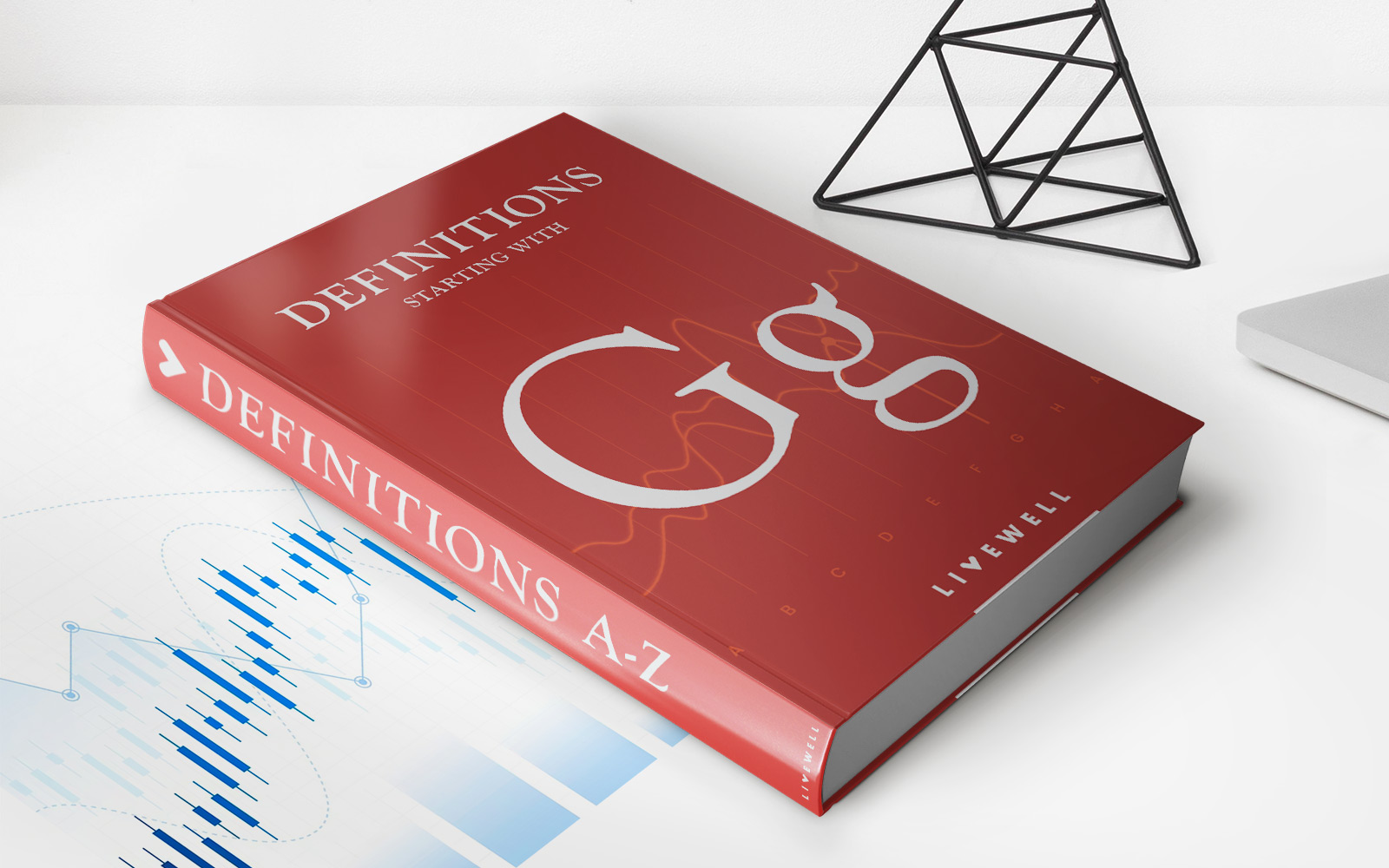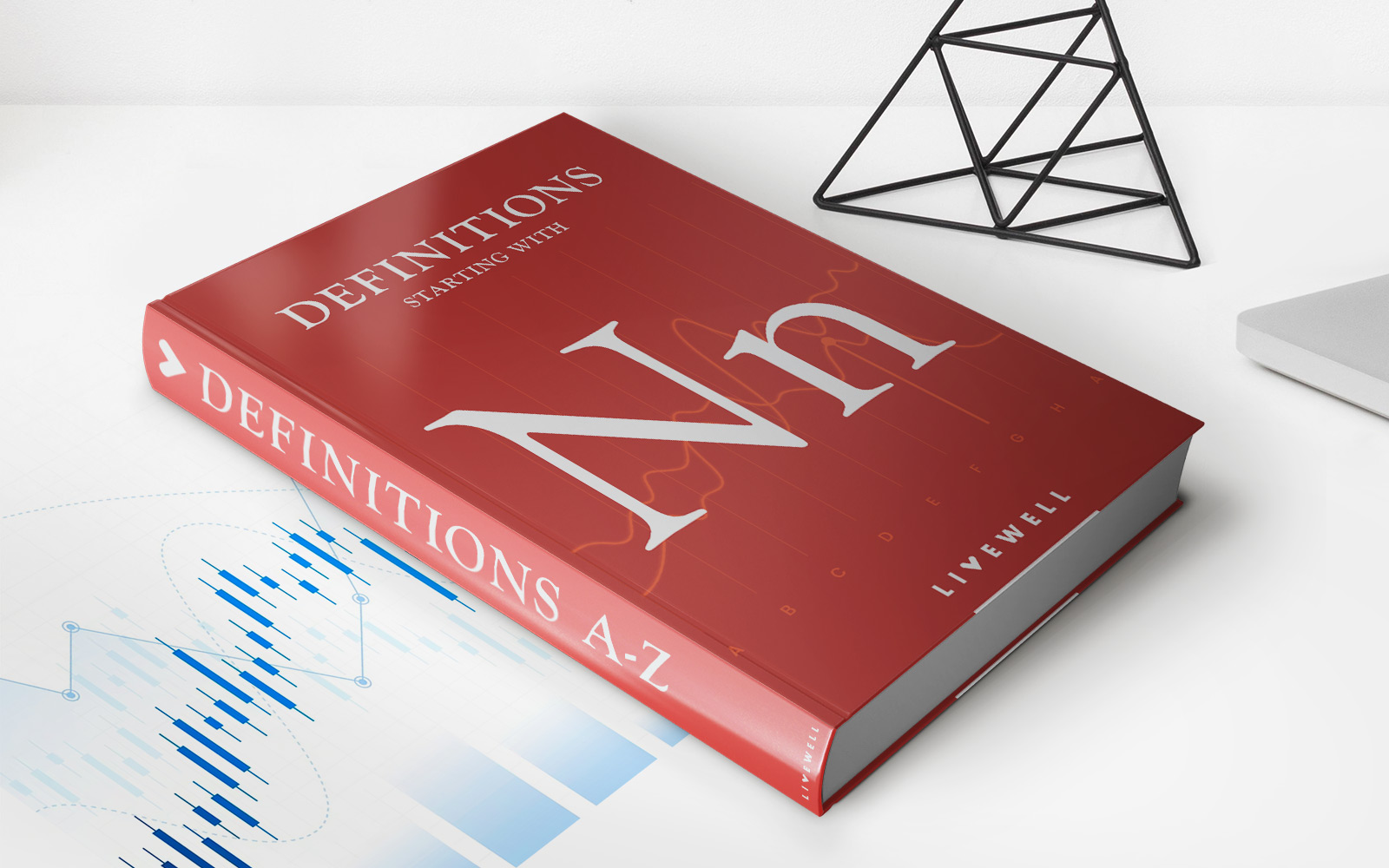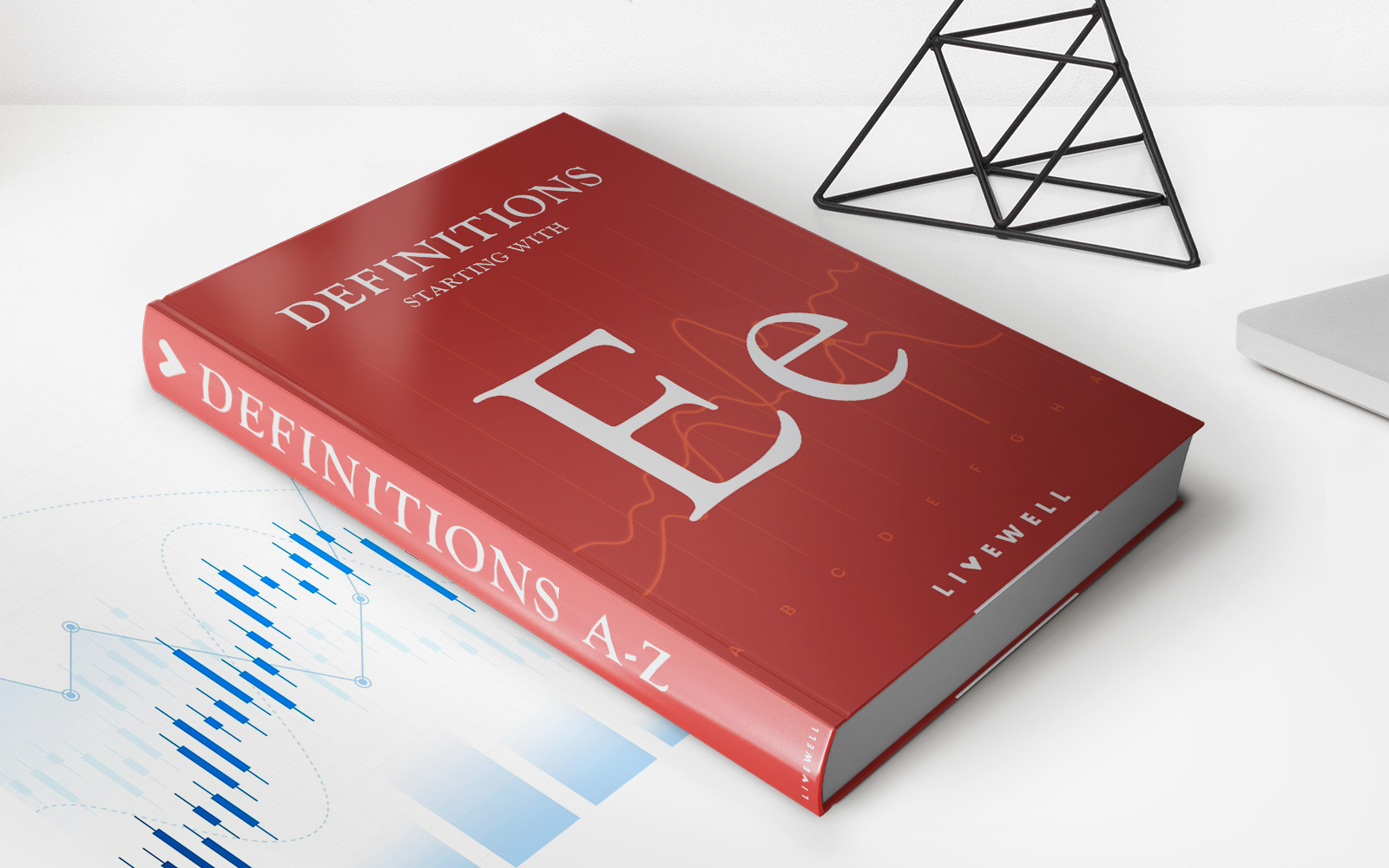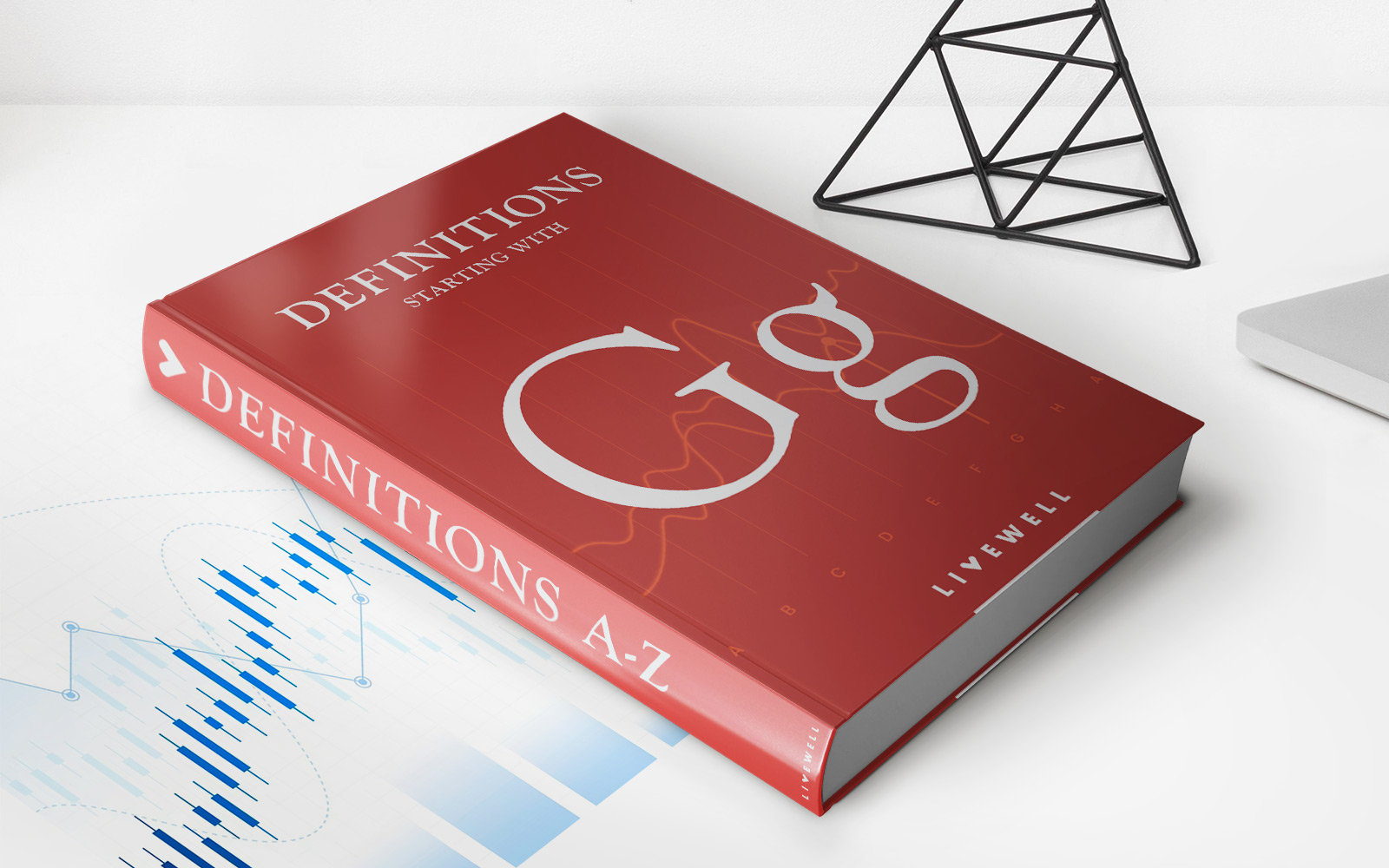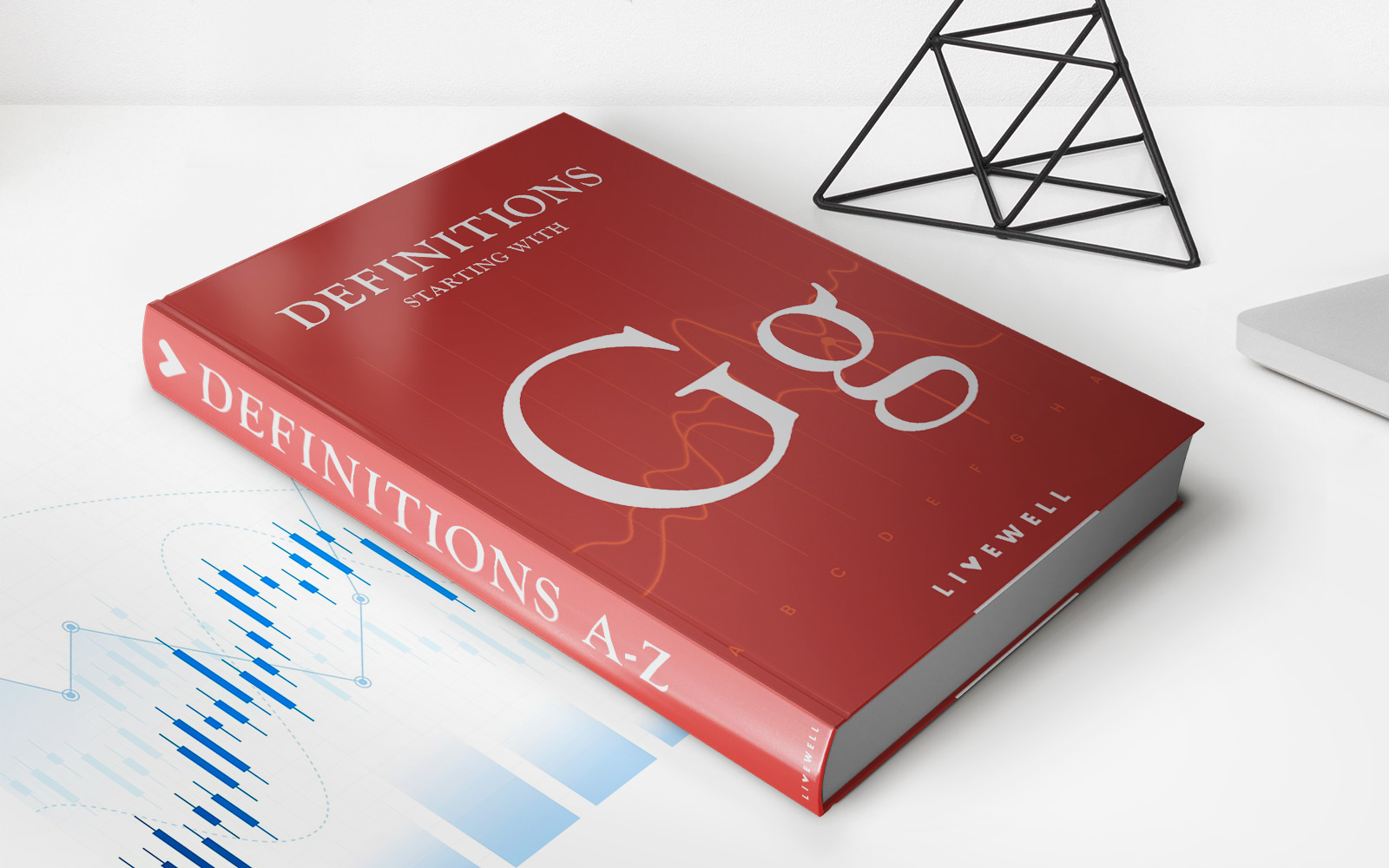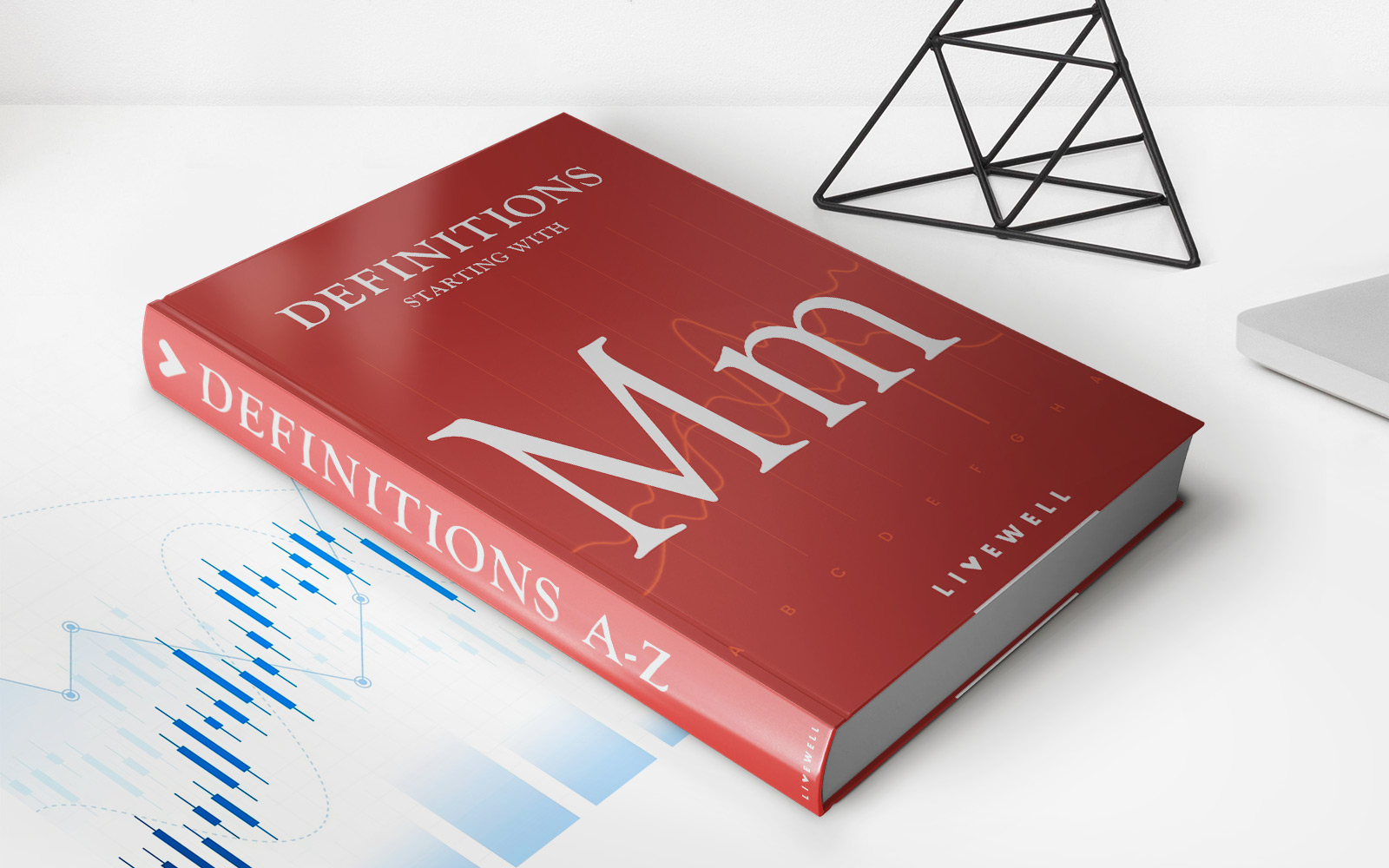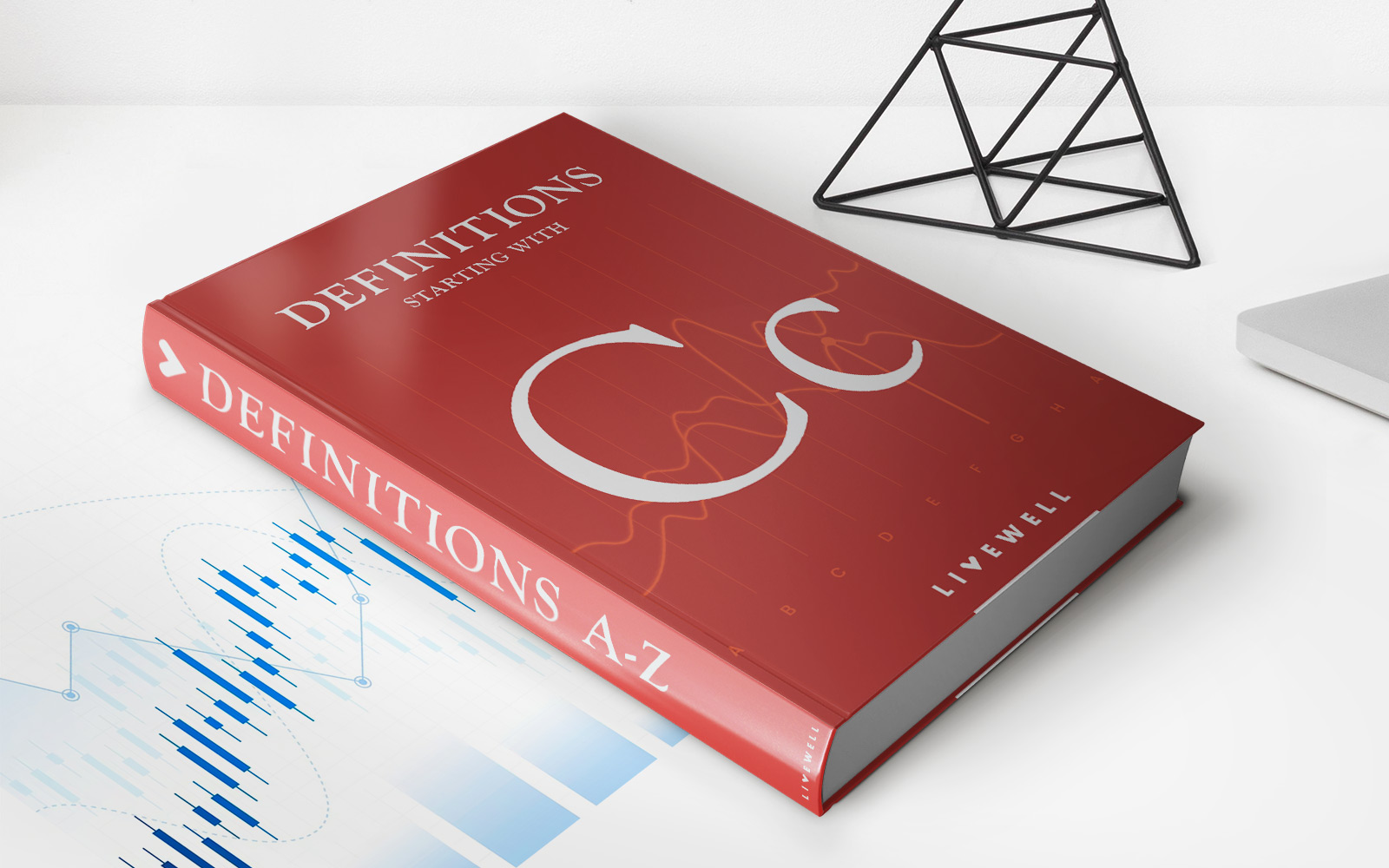Home>Finance>Modified Gross Lease (MG Lease): Definition And Rent Calculations


Finance
Modified Gross Lease (MG Lease): Definition And Rent Calculations
Published: December 26, 2023
Learn the definition and rent calculations for a Modified Gross Lease (MG Lease) in finance. Gain insight into this leasing arrangement and its financial implications.
(Many of the links in this article redirect to a specific reviewed product. Your purchase of these products through affiliate links helps to generate commission for LiveWell, at no extra cost. Learn more)
Modified Gross Lease (MG Lease): Definition and Rent Calculations
Welcome to our finance blog, where we cover various topics related to the world of finance. In today’s post, we will dive into the concept of Modified Gross Lease (MG Lease) and help you understand its definition and how rent calculations are done.
Key Takeaways:
- Modified Gross Lease (MG Lease) is a type of lease agreement that combines elements of both a Gross Lease and a Net Lease.
- Under an MG Lease, the tenant is responsible for paying the base rent and a portion of the operating expenses, while the landlord covers the remaining expenses.
Now, let’s delve deeper into the topic and explore what exactly an MG Lease entails.
An MG Lease is a contractual agreement between a landlord and a tenant, outlining the terms and conditions of the lease. In this type of lease, the tenant is responsible for paying a base rent amount, similar to a Gross Lease. However, the tenant is also required to contribute towards a portion of the operating expenses, which is more aligned with a Net Lease.
When it comes to rent calculations under an MG Lease, there are typically two components:
- Base Rent: This is the fixed amount that the tenant pays to the landlord on a periodic basis, such as monthly or yearly. The base rent covers the tenant’s use of the space and any included services or amenities.
- Operating Expenses: In addition to the base rent, the tenant is responsible for paying a portion of the operating expenses associated with the property. These expenses may include maintenance costs, property taxes, insurance, and utilities. The exact percentage or formula for calculating the tenant’s share of the operating expenses is typically outlined in the lease agreement.
By combining elements of both a Gross Lease and a Net Lease, an MG Lease provides a balance of responsibility between the landlord and the tenant. The tenant benefits from the simplicity of paying a fixed base rent, while also sharing in the operational costs of the property.
So, why might an MG Lease be advantageous for both parties involved?
For tenants, an MG Lease offers greater cost control compared to a Gross Lease. Since tenants contribute towards the operating expenses, they have visibility into the overall costs and can better manage their budgets. Additionally, tenants have the potential to benefit from any savings achieved by the landlord in reducing operational expenses.
For landlords, an MG Lease provides a more predictable income stream compared to a Net Lease. While the tenant shares in the operating expenses, the landlord retains a portion of those expenses, reducing the risk of unsupported costs. Furthermore, by passing on a portion of the expenses to the tenant, the landlord can achieve a fair distribution of the property’s operational burden.
In summary, Modified Gross Lease (MG Lease) is a unique lease structure that blends elements of both Gross and Net Leases. It offers a fair distribution of costs between the landlord and the tenant, providing benefits for both parties involved.
We hope this post has shed some light on the concept of MG Lease and how rent calculations are done under this type of lease agreement. If you have any further questions or would like to explore this topic in more detail, please feel free to reach out to us. Stay tuned to our finance blog for more informative posts in the future!

